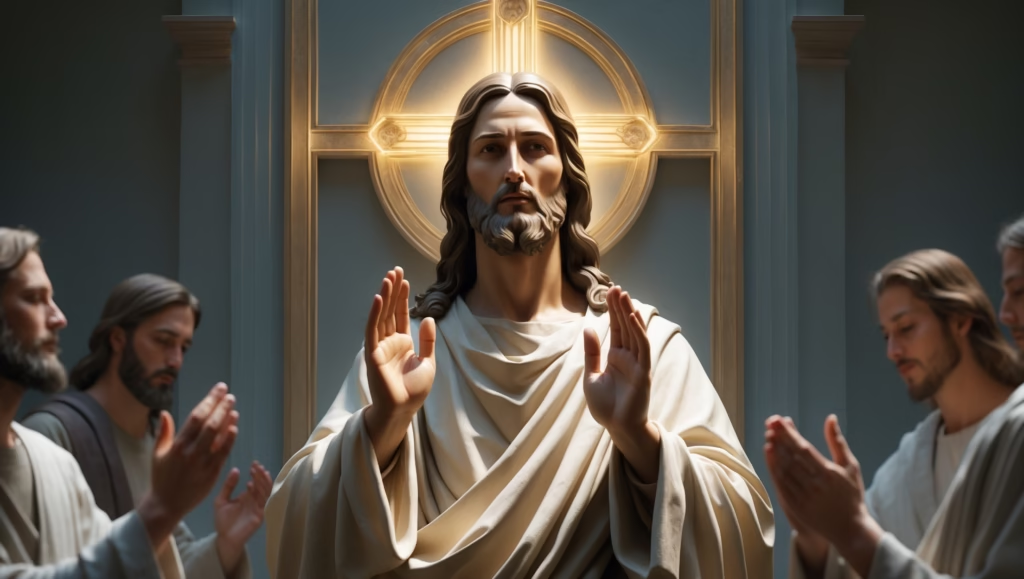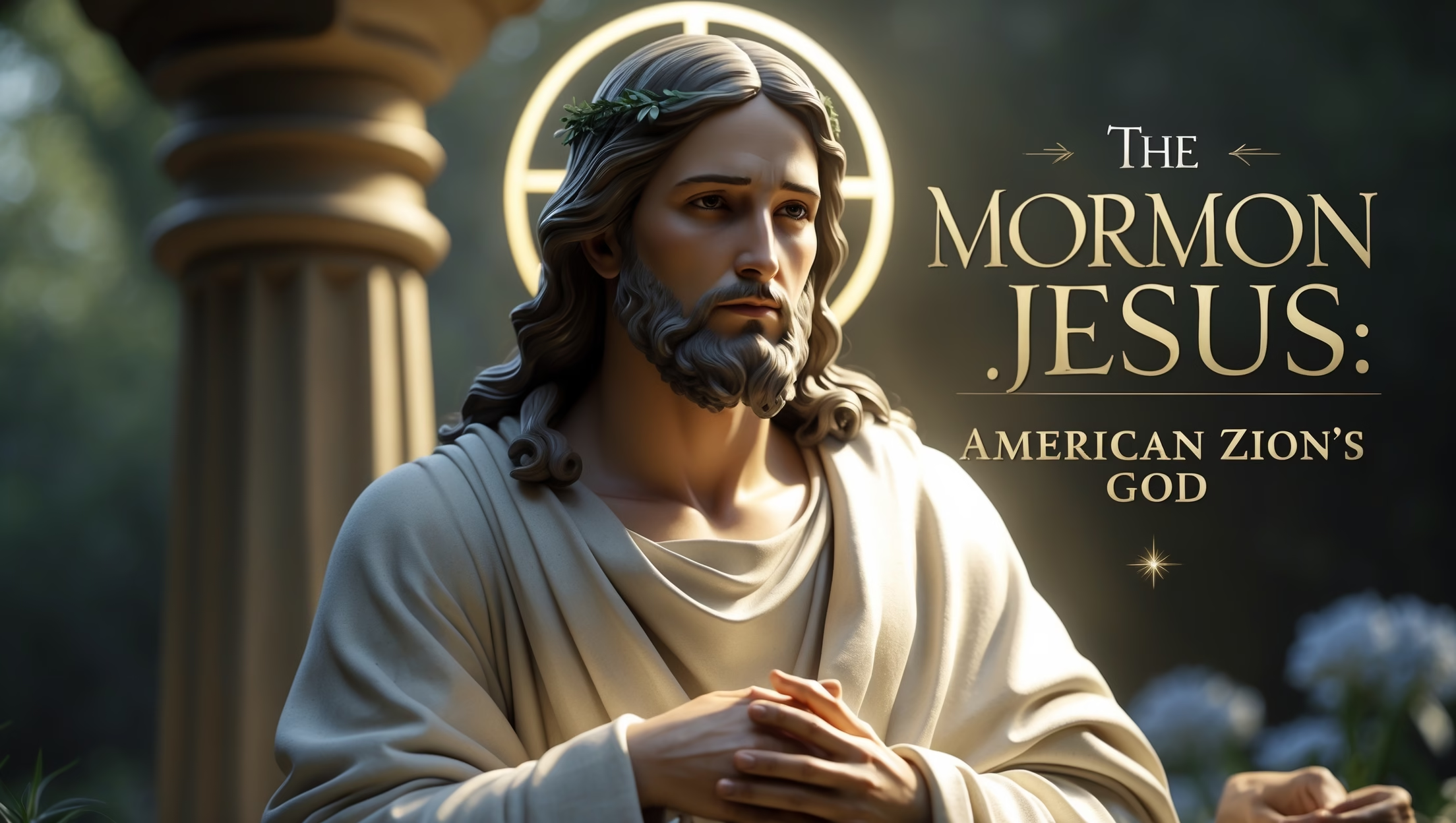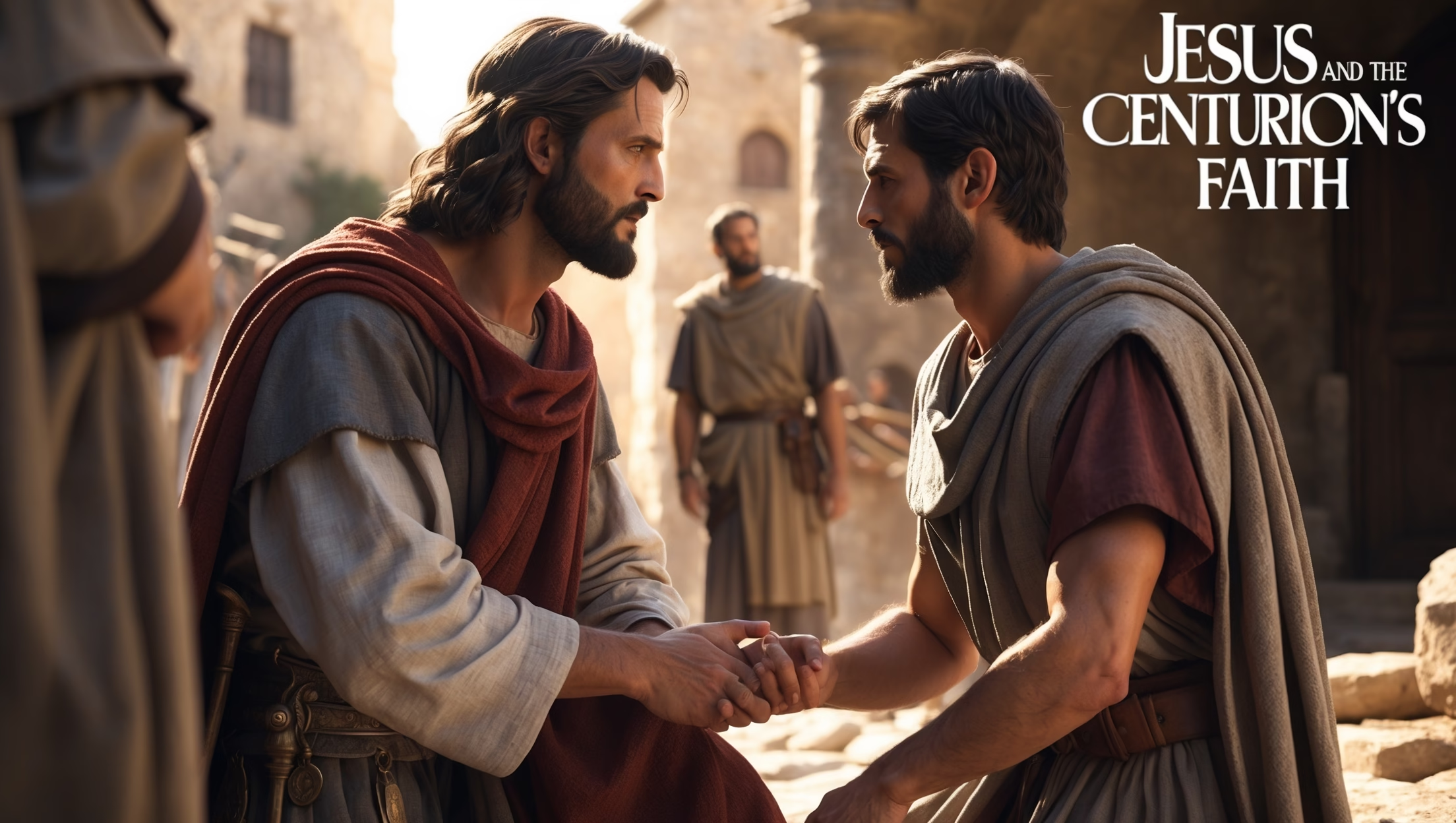While mainstream Christianity venerates Jesus as the incarnate Son of God, The Church of Jesus Christ of Latter-day Saints (LDS or Mormonism) presents a distinct understanding of Christ that reflects its American origins and theological innovations. From pre-mortal existence to the nuances of atonement and scripture, the Mormon Jesus combines familiar Christian elements with radical reinterpretations that challenge conventional assumptions. Exploring these distinctives offers insight into both Mormon theology and the broader diversity of Christian belief.
Pre-Mortal Life: Jesus as Jehovah
One of the most striking LDS doctrines is the pre-mortal existence of Jesus. In LDS teaching, Christ existed as Jehovah—the God of the Old Testament—before His mortal incarnation. This contrasts with traditional Christianity, which understands the Logos (John 1:1) as eternally incarnate with the Father.
Key points include:
- Divine hierarchy: Jesus is fully divine but distinct from God the Father, emphasizing a relational, organized view of the Godhead.
- Purposeful incarnation: His mortal life is not only redemptive but also an essential part of God’s eternal plan, chosen before creation to accomplish humanity’s salvation.
- Human potential for divinity: The LDS framework extends pre-mortal theology by suggesting that faithful humans may ultimately progress toward godhood, reflecting a cosmic vision of salvation and eternal purpose.

Atonement Location and Emphasis
While Christianity traditionally centers the atonement on the crucifixion, Mormon teaching emphasizes the Garden of Gethsemane as the locus of Christ’s greatest suffering.
- Gethsemane agony: LDS scripture and teachings underscore that Jesus “bled from every pore” in anticipation of taking on human sin, highlighting obedience, personal sacrifice, and existential burden.
- Crucifixion as public testimony: The cross remains significant but is seen as the public completion of a process that began in the garden.
- Theological implications: This emphasis portrays Christ’s obedience and suffering as proactive, voluntary, and relationally engaged with both the Father and humanity.
By focusing on Gethsemane, Mormon theology conveys the depth of Christ’s personal suffering while framing the crucifixion as one stage in a larger salvific narrative.
Polytheism and Eternal Progression
A highly controversial and unique LDS doctrine is the notion of eternal progression—the idea that humans, through righteous living and ordinances, may ultimately become gods. This doctrine naturally raises questions about the nature of the Godhead:
- Distinct but unified: God the Father, Jesus Christ, and the Holy Ghost are separate beings who are perfectly united in purpose.
- Christ as model: Jesus’ divine role provides both salvation and an exemplar for human potential, showing that eternal progression is attainable through obedience, service, and covenant fidelity.
- Theological tension: Critics argue this introduces a form of polytheism, while adherents highlight that it represents a restored, not invented, cosmology of divine family relationships.
This distinctive underscores the American context of Mormon theology, reflecting individualism, personal responsibility, and an expansive vision of eternal possibility.
New Scripture: Book of Mormon Resurrection Accounts
The LDS Church supplements the Bible with the Book of Mormon, which contains unique teachings and accounts of Christ’s ministry, especially His resurrection appearances in the Americas.
- Christ in the New World: After His resurrection, Jesus reportedly visits the Americas, teaching principles similar to His Judean ministry, such as love, faith, and repentance.
- Doctrinal implications: These accounts emphasize universal access to salvation and the expansion of His mission beyond the ancient Near East.
- Complementarity vs. competition: While mainstream Christianity relies solely on biblical texts, Mormonism positions the Book of Mormon as a second witness of Christ, reinforcing and extending His teachings.
This addition of scripture provides adherents with a distinct theological lens, emphasizing Christ’s global, eternal, and culturally expansive influence.
Debate Point: Joseph Smith’s “First Vision” Accounts
Central to understanding Mormon Christology is Joseph Smith’s First Vision, in which he claimed to see God the Father and Jesus Christ in 1820. The First Vision serves as the foundation for LDS authority, prophetic legitimacy, and their distinctive view of Jesus.
- Multiple accounts: Smith recounted the vision at different times, with variations in detail that fuel scholarly and theological debate.
- Implications for Christology: The vision presents a tangible, personal, and accessible God, emphasizing relational knowledge over abstract theology.
- Criticism and defense: Critics question historical reliability, while believers emphasize the visionary experience as valid spiritual truth, demonstrating God’s direct engagement with humanity.
Through this lens, Mormon theology presents Jesus not only as Savior and Teacher but also as relationally present and personally knowable in ways that traditional Christianity rarely emphasizes.
Cultural and Theological Significance
Mormon Christology offers insights into:
- Religious innovation in American contexts: Emerging in the 19th century, LDS theology reflects the frontier’s spirit of exploration, individualism, and moral earnestness.
- Expanded soteriology: By emphasizing Gethsemane, resurrection appearances in the Americas, and eternal progression, Mormonism broadens the narrative of salvation while retaining central Christian motifs.
- Interfaith dialogue: Understanding the Mormon Jesus allows scholars, theologians, and believers to engage in constructive conversations about doctrine, diversity, and shared ethical concerns.
- Faith and imagination: LDS teachings illustrate how scripture, personal revelation, and visionary experiences converge to produce a Christology that is both deeply familiar and distinctly innovative.
Why This Matters Today
- Religious literacy: In an era of increasing religious pluralism, knowing how different traditions interpret Jesus promotes empathy and informed dialogue.
- Cultural understanding: The LDS interpretation of Jesus reflects uniquely American concerns—autonomy, moral responsibility, and community building.
- Ethical reflection: The emphasis on Gethsemane, obedience, and eternal progression invites believers of all traditions to consider the weight of human choice, suffering, and spiritual growth.
Conclusion
The Mormon Jesus is at once recognizable and radically distinct. He is the divine Savior, the obedient Son, and a relationally present Teacher. Yet He also embodies doctrines—pre-mortal existence, Gethsemane-centric atonement, and eternal progression—that challenge conventional Christian frameworks.
Whether studied historically, theologically, or culturally, Mormon Christology demonstrates that the story of Jesus is dynamic, interpretive, and adaptable, capable of inspiring devotion, ethical reflection, and imaginative thought in contexts far removed from first-century Judea. Like other cultural portrayals—from anime to African-American spirituals—this American vision of Christ underscores the universality and enduring relevance of His life, teachings, and example.









